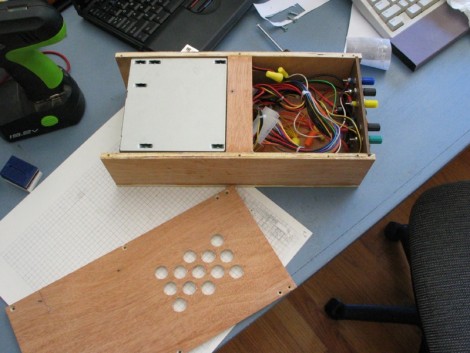License plate tablet rack

[Hunter Davis] used an old license plate as a tablet stand. It loops around the leg of his laptop table and has a cutout for the power cord of the tablet.
More power power wheels

It may look stock, but this power wheels is hiding a new frame, motors, and tires. You won’t see it in the Power Wheels Racing Series, but it is a ton of fun for this lucky kid.
Surveillance camera chess

Want to play a game? A yellow briefcase hijacks surveillance camera feeds and lets those monitoring them play chess via text message.
ATX bench supply looks like a bench supply

Here’s another rendition of an ATX bench supply. [Ast] rolled in a voltmeter for the variable voltage plug, and an ammeter to finish off the hack.
Lync auto-responder to fool the bossman

In a move reminiscent of [Ferris Bueller], [Sepehr] coded a Lync auto responder to answer the boss when he sends an IM.
















